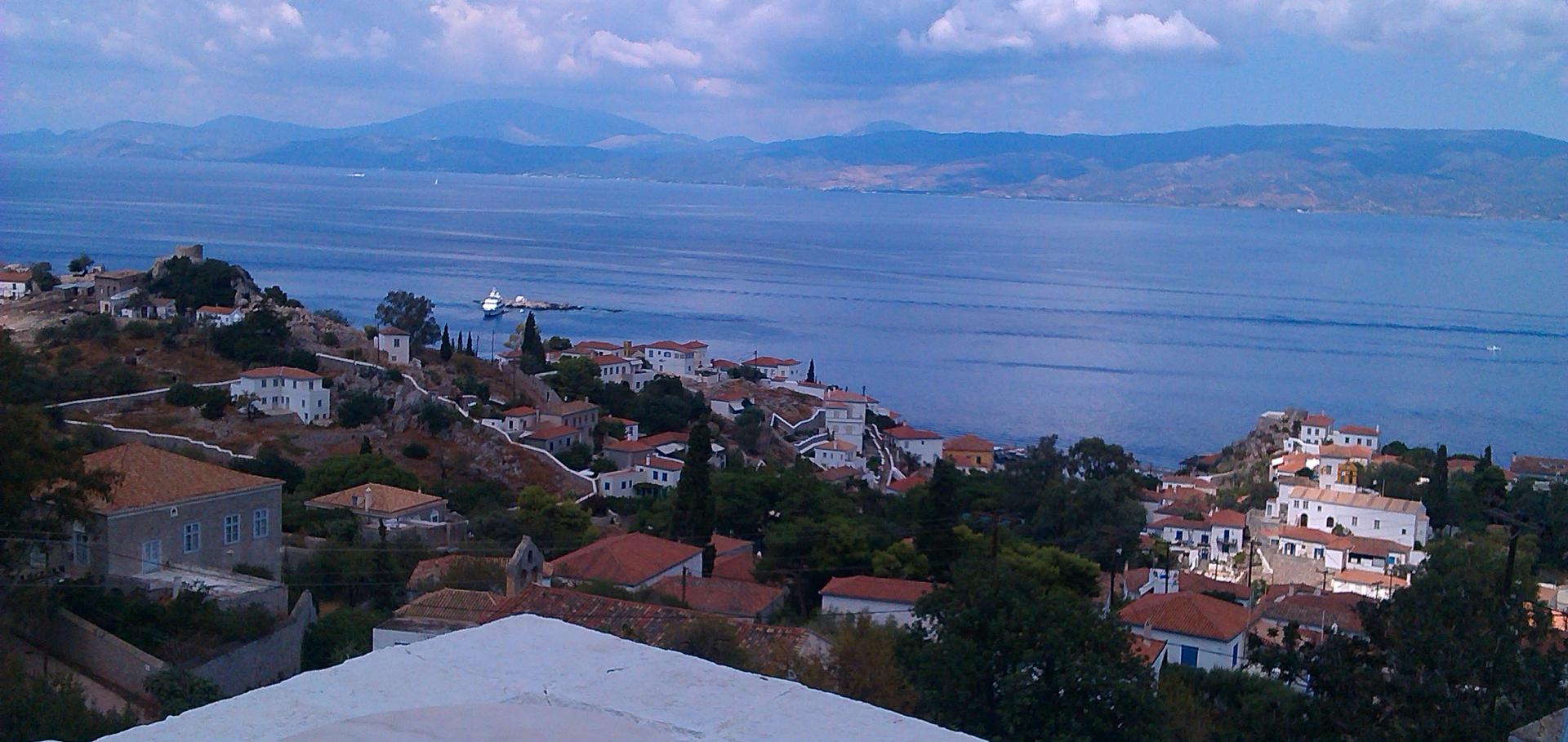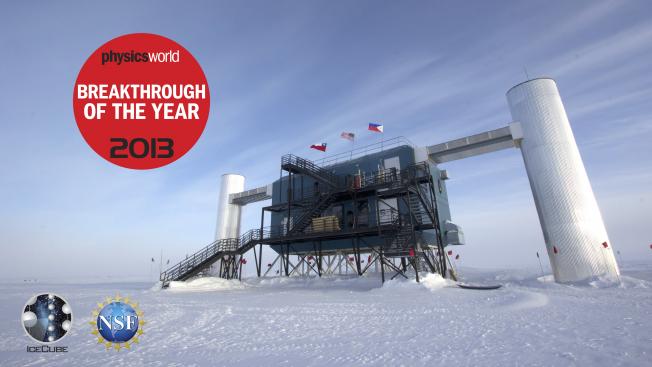Neutrino Interferometry for High-Precision Tests of Lorentz Symmetry with IceCube
Nature Physics Nature Publishing Group (2018)
Abstract:
Lorentz symmetry is a fundamental space-time symmetry underlying the Standard Model of particle physics and gravity. However, unified theories, such as string theory, allow for violation of this symmetry. Thus, the discovery of Lorentz symmetry violation could be the first hint of these theories. Here, we use high-energy atmospheric neutrinos observed at the IceCube Neutrino Observatory to search for anomalous neutrino oscillations as signals of Lorentz violation. The large range of neutrino energies and propagation baselines, together with high statistics, let us perform the most precise test of space-time symmetry in the neutrino sector to date. We find no evidence for Lorentz violation. This allows us to constrain the size of the dimension-four operator in the Standard-Model Extension for Lorentz violation to the $10^{-28}$ level and to set limits on higher dimensional operators of that theory. These are among the most stringent limits on Lorentz violation across all fields of physics.Axion driven cosmic magneto-genesis prior to the QCD crossover
Physical Review Letters American Physical Society (2018)
Abstract:
We present a mechanism for the generation of magnetic field in the early universe prior to the QCD crossover, assuming that the dark matter is made of pseudoscalar axions. Thermoelectric fields arise due to pressure gradients in the primordial plasma resulting from the difference in charge, energy density and equation of state of the quark and lepton components. The axion field is coupled to the EM field and when its spatial gradient is misaligned with the thermoelectric field an electric current is driven. Due to the finite resistivity of the plasma a generally rotational electric field appears. For a QCD axion mass consistent with observational constraints, a magnetic field is thus generated with strength $B \sim 10^{-11 }$ G and characteristic scale $L_B \sim $ 1 pc at present, and viable values for the combination $BL_B^{1/2}$, which is probed in cosmic voids through $\gamma$-ray observations of distant blazars. The amplitude and spatial/temporal scales of the pressure gradients may in principle be inferred through the detection of the concomitant emission of gravitational waves, while experiments are underway to confirm or rule out the existence of axions, with direct consequences for our predictions.Electron acceleration by wave turbulence in a magnetized plasma
Nature Physics 14:5 (2018) 475-479
Abstract:
Astrophysical shocks are commonly revealed by the non-thermal emission of energetic electrons accelerated in situ 1-3 . Strong shocks are expected to accelerate particles to very high energies 4-6 ; however, they require a source of particles with velocities fast enough to permit multiple shock crossings. While the resulting diffusive shock acceleration 4 process can account for observations, the kinetic physics regulating the continuous injection of non-thermal particles is not well understood. Indeed, this injection problem is particularly acute for electrons, which rely on high-frequency plasma fluctuations to raise them above the thermal pool 7,8 . Here we show, using laboratory laser-produced shock experiments, that, in the presence of a strong magnetic field, significant electron pre-heating is achieved. We demonstrate that the key mechanism in producing these energetic electrons is through the generation of lower-hybrid turbulence via shock-reflected ions. Our experimental results are analogous to many astrophysical systems, including the interaction of a comet with the solar wind 9 , a setting where electron acceleration via lower-hybrid waves is possible.Improved Detection of Supernovae with the IceCube Observatory
Journal of Physics Conference Series IOP Publishing 1029:1 (2018) 012001
A Search for Neutrino Emission from Fast Radio Bursts with Six Years of IceCube Data
Astrophysical Journal University of Chicago Press 857:2 (2018) ARTN 117



